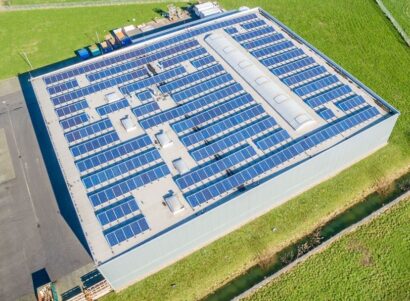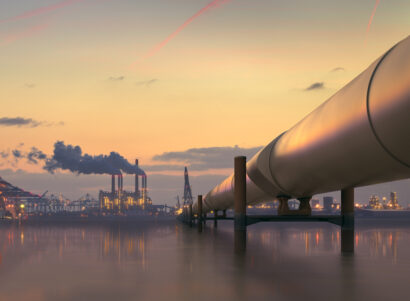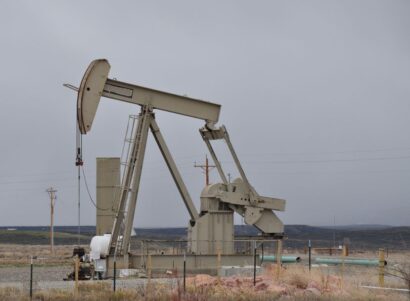Overview
In the United States, the oil and gas industry is the leading source of anthropogenic methane, a powerful greenhouse gas, and numerous health-damaging air pollutants. Over the past decade, research on oil and gas emissions has rapidly accelerated, substantially increasing our understanding of what, where, when, and how these emissions occur across the entire oil and gas supply chain.
Existing research provides evidence that methane and health-damaging air pollutants are emitted from every sector of the oil and gas supply chain, however, these types of emissions are often studied separately. To better understand the overlap between sources of methane and health-damaging air pollutants, we conducted a systematic review of scientific peer-reviewed literature published between January 2015 and August 2020. In the report appendix, researchers provide a supplemental review of research on methane and health-damaging air pollutants spanning 2010-2014.
Methane and Health-Damaging Air Pollutants from the Oil and Gas Sector: Bridging 10 Years of Scientific Understanding provides insights on the climate and public health dimensions of emissions from the upstream, midstream, and downstream sectors of the oil and gas industry. From the wellhead to homes, researchers identify source characteristics of both types of emissions, highlight high-impact approaches to emission control, and provide guidance on how to prioritize emission control based on their benefit to climate and public health.
Findings and Recommendations
- Oil and gas sources of methane emissions are nearly always sources of health-damaging air pollutants (HDAPs). However, not all sources of HDAPs are sources of methane.
- Super-emitters of both methane and HDAPs are present in every sector of the oil and gas supply chain, providing clear evidence that substantial emissions reductions are possible.
- To increase public health benefits, prioritize oil and gas emissions reductions near population centers.
- Efforts to reduce fugitive emissions (i.e., venting and leaks) throughout the oil and gas supply chain will result in the co-reduction of emissions of both methane and certain HDAPs.
- A comprehensive approach to reducing methane and HDAP emissions should include installing maximum achievable equipment controls, conducting routine preventative maintenance, and integrating new monitoring technologies to improve upon existing operational and maintenance practices such as leak detection and repair programs.
- Over the past decade, the scientific understanding of oil and gas emissions has increased substantially. While additional research gaps remain, calls for additional research should not be used as a barrier for taking immediate action through emission controls and monitoring systems to further reduce oil and gas emissions.
- There is now unequivocal evidence to support swift and aggressive actions to avoid shorter-term global warming and reduce public health harm. The transition away from oil and gas must be managed in a way that does not result in degraded operation and maintenance practices and potentially increased emissions.

 Report
Report
 List of Studies
List of Studies






